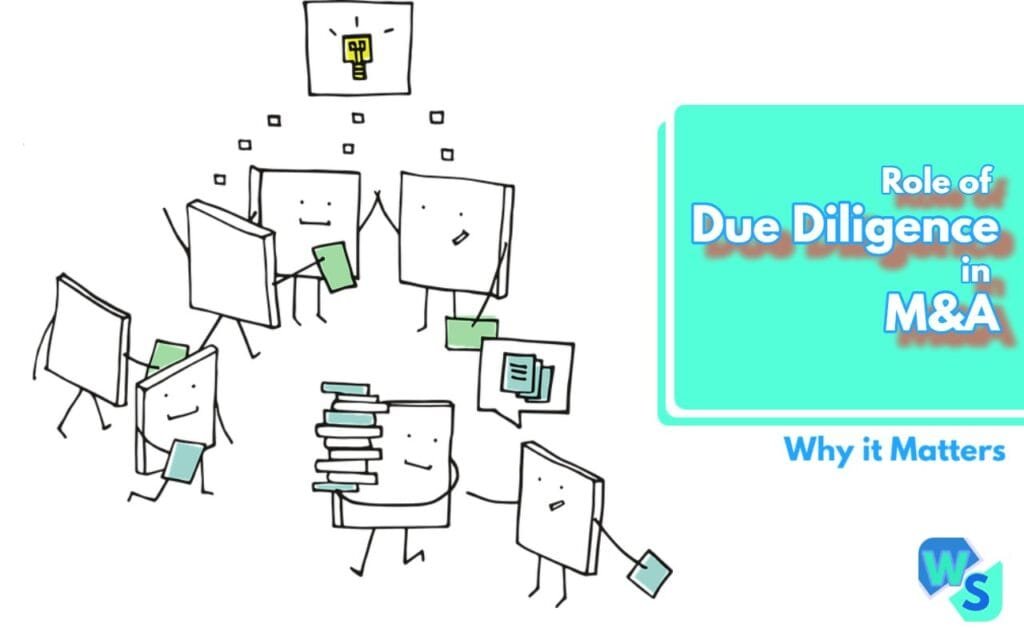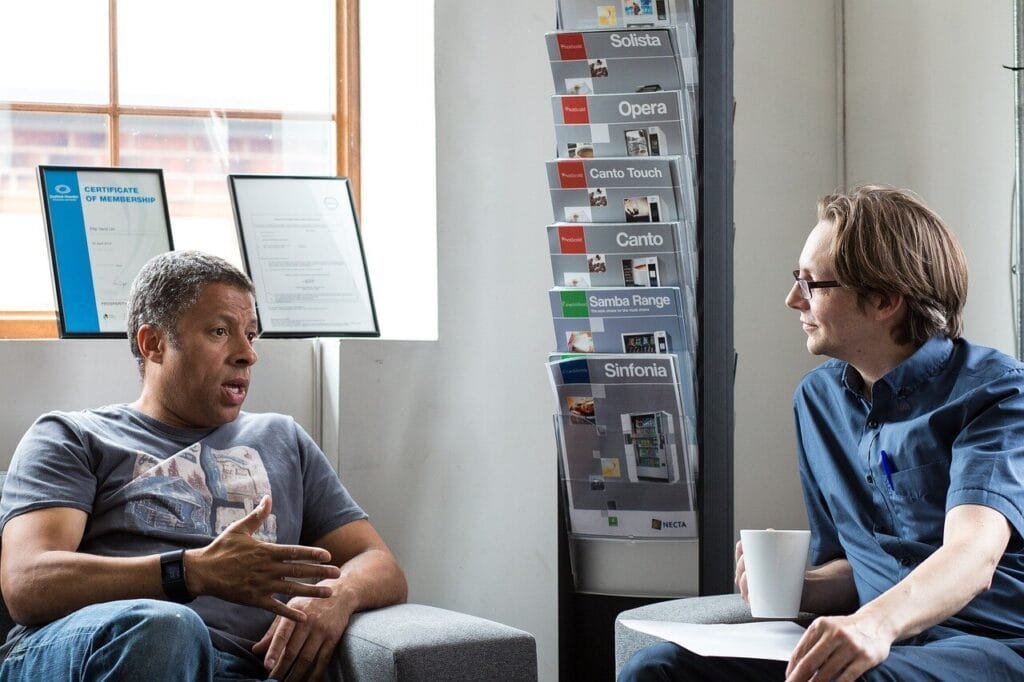Understanding Product Development
Getting a grip on the stages involved in creating a product is like having a secret recipe for success. This bit covers why prototyping rocks and how important research is in whipping up a fantastic product.
Importance of Prototyping
Prototyping is like the secret sauce in the product-making process. It lets you test-drive your ideas before hitting the big stage. Here’s a quick look at the key phases:
- Proof of Concept: This is where you see if your brainwave can hold water.
- Model Creation: Build a mini version to see if it’s all it’s cracked up to be.
- Iterative Testing: Tweak, test, and gather feedback to make it even better.
Prototyping helps answer the big questions: Can it technically work? Can we actually make it? Will folks want it? Is there hidden value we don’t see yet? This constant refining helps snag issues early on, so you’re not knee-deep in problems later. For more info, check out the product development process in marketing.
| Goal | What’s the Deal? |
|---|---|
| Prove Technical Feasibility | Check if the idea can be brought to life. |
| Assess Manufacturability | See if it can be built without a hitch. |
| Understand Market Desirability | Figure out if folks will dig it. |
| Identify Potential Value | Find out what could make it a hot cake in the market. |
Role of Research in Product Development
Research is your best buddy when planning each step of creating something new. Digging into market research before you start makes you super in tune with what your future customers are itching for. This golden info shapes your product idea and helps you spot cool innovation chances.
Here’s the scoop on where research fits in:
- Market Analysis: Learn who’s out there and spot any voids waiting to be filled.
- Consumer Insights: Get the lowdown from potential users to tailor your product just right.
- Feasibility Studies: Look at whether it’s a good or bad idea before throwing all your eggs in.
Using research wisely sets you up with a smart launching game plan and helps you meet what the crowd wants. For more about cracking research tactics, visit our page on market research for product development.
Spending time on research doesn’t just make the idea stage a breeze — it’s the backbone of a successful journey to launch. As you navigate through the different stages, keeping research front and center ensures your product stays on point and ahead of the pack.
Ideation and Concept Development
Kicking off with ideation and concept development in the product development cycle stages, it’s all about drumming up novel ideas and picking the winners to further explore and develop.
Sources for Idea Generation
Fresh ideas can spring from a ton of places. Check out some go-to ways to get those creative juices flowing:
| Source Type | Description |
|---|---|
| Internal Team Brainstorming | Gather up your crew for a brainstorm session where everyone throws ideas out there. More heads mean more perspectives and more possibilities. |
| Market Research | Dive deep into studies to decode what customers really want or new trends on the rise. There’s plenty more on topics like market research for product development. |
| Competitive Analysis | Peep at what others are doing (or missing!) in your industry to discover product gaps or customer needs left hanging. |
| Solving Practical Problems | Tug at the problems your own crew faces to cook up solutions that might just be market gold. There’s some real juicy stuff over on the Railsware Blog all about making products from internal headaches. |
| Chat with Everyone | Get talking with your customers, suppliers, and partners; some ideas just need a little chat to light the spark. |
Mixing these approaches often brews the best, most out-of-the-box product ideas. To dig in deeper, hop over to our section on idea generation product development.
Practical Issues for Idea Generation
When you’re on the hunt for good ideas, a focus on sorting your team’s own headaches can spin out not only great internal fixes but also market hits. Just ask Railware, who cooked up Mailtrap and Smart Checklist straight from wrestling with their own needs (Railsware Blog).
Here’s a few practical issues that might point you to your next big thing:
- Workflow Bottlenecks: Spot the sticky points in how things get done, and you might just invent a slick new groove for your operation.
- Customer Banter: They always got something to say! Take note of what your customers love, hate, or want—it could set you on the path to create something worth buzzing about.
- Tech Holes: New tech brings new tricks. Figure out where innovation could fill gaps or polish your line-up with fresh bling.
Make sure everyone gets their say. Bringing in thoughts from UI/UX designers, testers, and coders enhances the idea pot, so you reap a crop that’s ripe for impactful new product development strategies.
By keeping the door open to ideas from inside and out—and tackling the hiccups you already know—you’ll build a sturdy springboard for jumping into ace concept development.
Concept Testing and Evaluation
When you’re cooking up a new product, testing these ideas is like checking a recipe before serving it. You’ve got to know if people are going to love what you’re whipping up. Making sure your product ideas aren’t just good on paper but in real life too can be the difference between a hit and a dud. Here’s where you lay your cards on the table, checking if your masterpiece is set to wow your audience.
Defining Product Concepts
Imagine you’ve got this brilliant idea swimming in your head. You need to pin it down, make it understandable, and show off why it could be the next big thing. This isn’t just about having a cool product. It’s about knowing who will love it, what itch it scratches, and what makes it just that extra bit special. You’ll want everyone on your team marching to the same beat, so no one is off chasing wild geese rather than reaching the end goal.
Key points for painting a clear picture of your product:
- Target Audience: Who’s going to be all over this?
- Problem Statement: What’s the big issue your product tackles?
- Unique Value Proposition: How does your brainchild stand out in the crowd?
- Features and Benefits: What cool stuff does it do that’ll have users hooked?
Once you nail these down, you’re setting the stage for some serious testing and tweaking.
Concept Testing Process
Testing is where you put your product through the wringer before anyone else gets their hands on it. You’re looking for feedback like gold nuggets that will either confirm you’re on the right track or point where you need to steer a little differently. Let’s break it down:
Create Prototypes: Whip up the simplest working models of your idea. They don’t have to be flashy but should show what’s possible.
Select Your Audience: Pick a crew that’s likely to give you the same feedback as the wider market. They’ll help you see if you’re hitting the mark or swinging wide.
Gather Feedback: Use chats, surveys, or group interviews to find out what sticks. You want to know what lights people up and what leaves them cold.
Analyze Results: Dig into what’s working and what’s not. It’s not just about good vibes; negative comments can be gold mines for improvement.
Refine the Concept: Take that feedback and tweak away. Maybe your product needs a facelift, a feature boost, or a whole new direction.
Document Findings: Keep track of all the feedback and changes. Seeing where you’ve been will help map where you’re going and keep future projects on track.
This dance of testing and adjusting can save big bucks in the long run – way better than launching something and watching it sink. Using what you learn from this process can really crank up your chances of success. For more tips and tricks on getting your product ideas just right, check out our guides on product development process in marketing and new product development strategies.
Stages of the Development Cycle
Getting your product to match up with what people want and your business goals? That’s what this product development cycle is all about. Dive into how ideas hatch, how they’re brought to life, and how you tell their story.
Idea Development and Validation
This is where ideas are born. You gather thoughts and give them a thumbs up or down. The point? Make sure people actually want what you’re offering before you sink time and money into it. You kick off with brainstorming, talking to customers, and checking out what the market’s saying.
Once you’ve got a few ideas on the table, it’s time to see if they fly. Measure them against market data, what people really need, and whether they’re doable. Ask yourself whether your idea meets a real need and stands out from the rest. Staying customer-focused will sharpen your strategy. Need a hand? Peek at our guide on market research for product development.
| Development Step | Action Items |
|---|---|
| Idea Generation | Get together, research, listen to your customers |
| Idea Validation | Check market need, see if it’s doable, find what makes it different |
Prototype Building and Testing
This is when your brainchild starts taking shape. Prototyping helps you switch from the abstract to the real deal. It’s about proving if it can work, if you can make it for a reasonable cost, if people will actually like it, and spotting hidden gems in your product (Gembah Blog). Prototypes range from napkin sketches to working models, saving you from major headaches down the road.
While building and testing, watch how your prototype performs, how easy it is to use, and how folks respond to it. Feedback is gold. Use it to improve before going full steam ahead. Review your product roadmap considering risks and strategies (Asana).
| Prototyping Objectives | Description |
|---|---|
| Prove Technical Feasibility | Make sure it can be made with what you’ve got in mind |
| Assess Manufacturability | Figure out if making it is within the budget |
| Understand Market Desirability | See if people are interested and hooked |
| Identify Potential Value | Find hidden benefits you might have missed |
Messaging Creation
Once your prototype’s polished, it’s time to shout about it. Craft messages that clearly show off the value of what you’ve designed. A great product message spins around what makes you better and pulls in the crowd you’re aiming for.
While you’re at it, think about who you’re talking to, the words they use, and what appeals to them. Your messaging fuels your launch and builds your brand’s story. Keeping things uniform across all channels ties up your brand into a neat package. More on that in our guide on product positioning strategies.
| Key Messaging Elements | Considerations |
|---|---|
| Target Audience | Know who’s out there for you |
| Unique Selling Proposition | Spell out why you’re the pick of the bunch |
| Tone and Voice | Keep it consistent and true to your brand |
| Channels | Pick where to send your message for best reach |
Zeroing in on these stages will help you stay on track and boost your chances in the market. For the full story, check out our take on the product development life cycle.
Bringing Products to Market
Getting your products into customers’ hands is a must-have skill for any business. It’s not just about selling—it’s about evolving that product so it keeps hitting the spot for your customers.
Product Building Process
This process is like a relay race where all the departments pass the baton. You’ve got your product managers sorting out the big picture, developers building the magic, designers crafting the look, and QA testers making sure everything works. Each step is vital in turning a brainstorm into a real thing that’s ready for market shelves.
The usual game plan looks like this:
- Kickoff Ideas: Think up cool ideas and polish them into the real deal.
- Prototype Magic: Whip up an early version of your baby to get some opinions.
- Checkups: Give it a whirl with some users to spot any cracks.
- Final Tweaks: Make those last-minute fixes from what you learned.
A handy product development roadmap keeps everyone on track, showing who’s on deck for what and when it’s all happening.
| Step | What You Do |
|---|---|
| Kickoff Ideas | Dream up and polish product concepts. |
| Prototype Magic | Build an early model for feedback. |
| Checkups | Test and gather user insights. |
| Final Tweaks | Adjust based on what you find. |
Product Release and Improvement
You’ve got your product, now it’s showtime! Launching is all about grabbing folks’ attention and getting sales moving, so have that product launch strategy in your back pocket.
Some think the job’s done once you launch, but the smart ones know it’s just the start. Keeping the ball rolling with continuous tweaks and updates keeps you on your toes and your customers happy. This means sticking with customer-centric product development to keep hitting the bullseye for your audience (Source).
Here’s what goes down after kickoff:
- Keeping an Eye: Use product development metrics to see how things are shaking out in the wild.
- Listening Up: Gather what customers think and feel to spot any new needs.
- On-Going Fixes: Keep making those updates based on what’s heard.
This rinse-and-repeat gig keeps your products on top of their game and in sync with market vibes.
| Post-Launch To-Dos | What’s It About |
|---|---|
| Keeping an Eye | Break down product success using metrics. |
| Listening Up | Accumulate user experiences for growth. |
| On-Going Fixes | Change things up based on user input. |
Understanding the product marathon from the starting gun to the finish line—and beyond—helps you play the game smart, giving your products and business a winning streak. Check out our guide on stages of product development if you’re hungry for more.





















